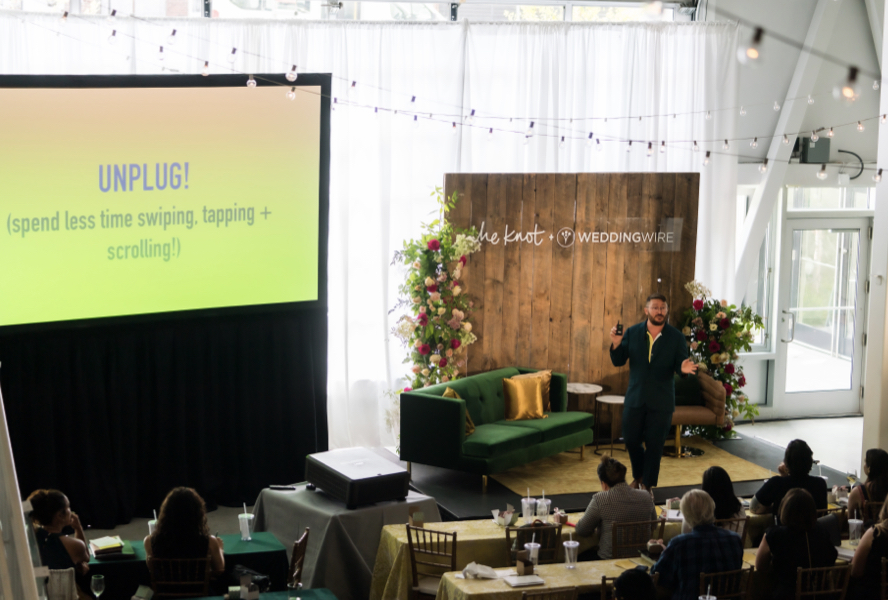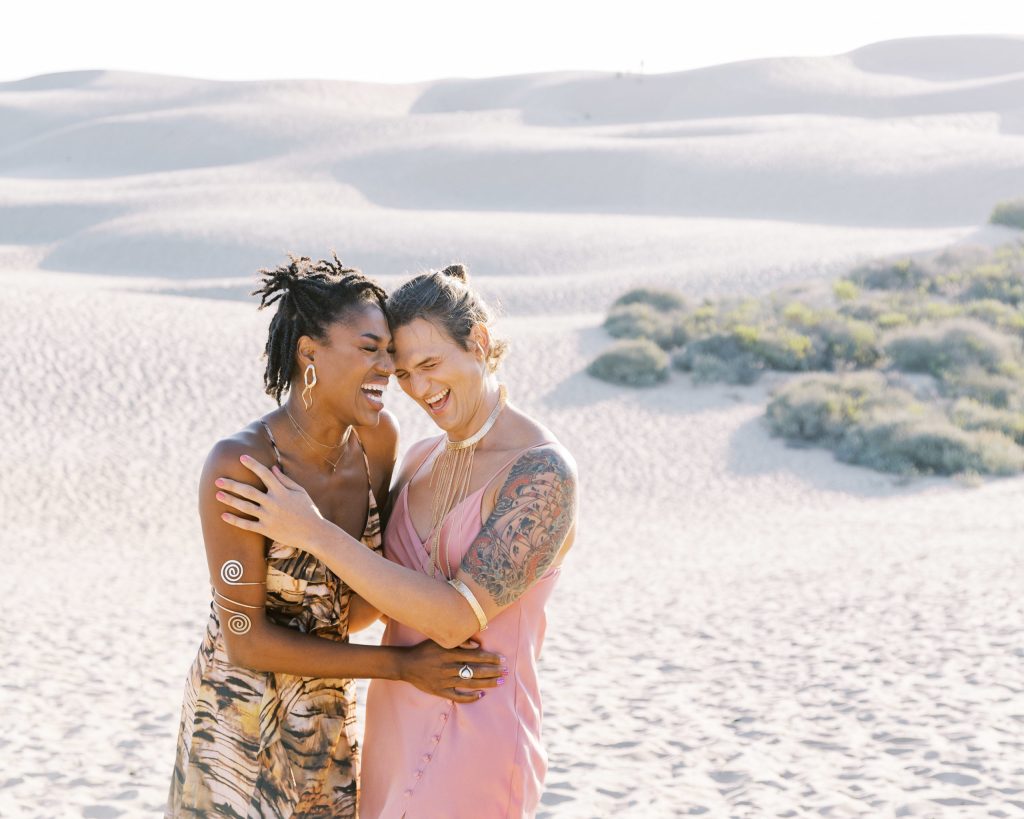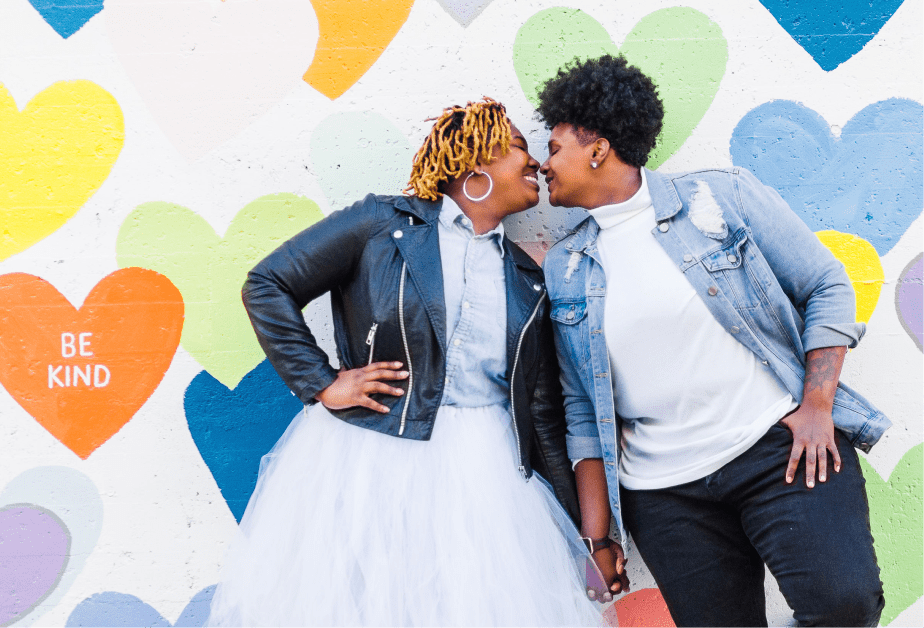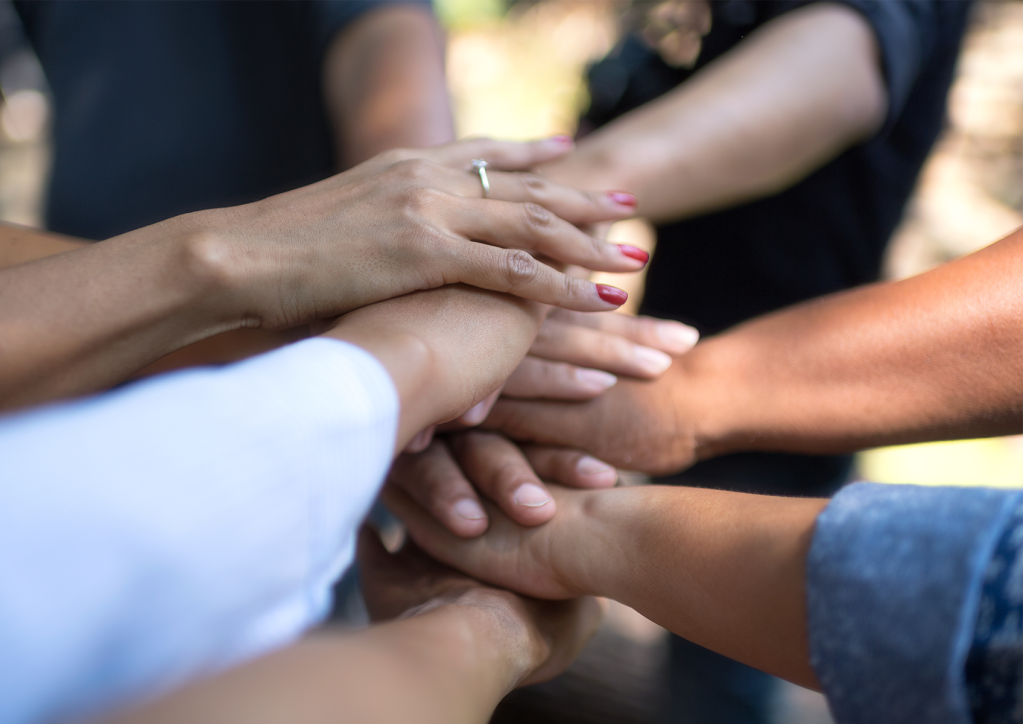7 Takeaways From Jove Meyer’s How to Run an Inclusive Business Session
By
We missed hosting our local WeddingPro Experience so much that we decided to bring you all the inspiration and education you love to you at home. Since we’ve turned to technology now more than ever, what better way to celebrate and learn from our pro community than with our own WeddingPro Experience Online?
We learned so much from our amazing industry experts. We know that #loveisnotcanceled and that couples are excited to celebrate in the future, so it’s key to make sure your business is prepared.
Our fourth keynote session of the week was with Jove Meyer of Jove Meyer Events on learning how to run a more inclusive company. Here are the top takeaways:
Takeaway: Your Words, Images and Actions Matter
Inclusivity means you welcome all people— period. We can all be more thoughtful and intentional with our words, images and actions. For instance, the word “bride” has long been at the center of the wedding industry. It’s important to change our language to move from bride-centric to an inclusive, couple-centric approach. “You’ll be expanding your horizon to as many people as possible,” says Jove.
What That Looks Like:
- Search for the word “bride” on your website and contracts and replace it with the word “couple.” Now you’ve opened up your market to welcome all couples.
- Do the same with “groom”, “bride’s name” and “bride + groom.”
- “Bridal suite” should be updated to say “private/wedding suite.”
- The same applies to the wedding party. Not all wedding parties have members of one gender— our wedding party should comprise all the people we love.
- Replace “bridal party” with “wedding party/crew.” Bridesmaids or groomsmen should now be called “people/peeps/crew/squad.”
- Remove the word “bridal” from “bridal bouquet” or change the name to “personal flowers.”
- Change the phrase “I now pronounce you husband and wife” to “I now pronounce you married.”
Make sure you’re putting the person first and not identifying them by their differences— a difference someone has does not define who they are. Change your language in the way you speak and all of your documents. Some updates to include are:
- Fat -> Curvy/People of All Sizes
- Disabled or Handicapped -> Person with a Disability
- Crippled -> Wheelchair User
- Minority/Colored People -> People of Color
- Handicapped Parking -> Accessible Parking
- Make Accommodations -> Make Adjustments or Modifications
- Asians -> Asian People
- Blacks -> Black or African American
- Indian -> Native American (unless referring to people from India)
- Retarded/lame -> Person with an intellectual, cognitive, developmental disability
Here are some gendered words that you can modify to welcome all genders:
- Guys -> People / Folks / Y’all, You All
- Fireman -> Firefighter
- Policeman -> Police Officer
- Salesman -> Salesperson
- Mailman -> Mail Carrier
- Manpower -> Staffing
- Mankind -> Humanity / Human Beings
- Businessman -> Business Person
- Grandfathering -> Legacy
- Mother/Father -> Parent
Takeaway: Know Who the Members of the LGBTQIAP Community Are
Today’s couples are more diverse than ever. It’s important to know who all the members of the LGBTQIAP community are. Jove breaks it down below:
- Lesbian – Same sex attraction between women.
- Gay – Same sex attraction, generally, between men.
- Bisexual – Same sex and opposite sex attraction.
- Transgender – When one’s gender identity does not align with their assigned sex at birth.
- Queer – A self-affirming umbrella term for anyone who does not identify with being heterosexual.
- Questioning – The process of exploring one’s own gender identity, gender expression, and/or sexual orientation.
- Intersex – When an individual is born with both male and female anatomy.
- Asexual – Low and or limited sexual desire.
- Ally – A heterosexual or cisgender person who supports equal civil rights, gender equality, and LGBT social movements, challenging homophobia, biphobia, and transphobia.
- Pansexual – Attraction to the person, not the gender or sexuality.
Takeaway: Understand the Differences Between Sex, Gender, Orientation and Expression
Take the time to understand sex, gender, orientation and expression and how they differ. In short, gender is in your mind, orientation is in your heart and sex is in your anatomy. The way someone expresses themselves is personal and totally up to them. Jove outlines the differences below:
- Biological Sex – Refers to a person’s anatomy, physical attributes such sex organs, sex chromosomes and internal reproductive structures assigned at birth. (male/female/intersex)
- Gender/Gender Identity – An individual’s deeply held sense of being (male/man/boy, female/woman/girl, gender non-conforming, transgender) or another gender. This is separate from biological sex.
- Gender Expression – The way we show our gender to the world around us. (feminine/masculine/androgynous/other). Gender is a spectrum expressed in actions, wardrobe, behaviors and interactions.
- Sexual Orientation – Physical, emotional and/or romantic attractions to others based on their gender/sex in relation to yours (heterosexual, homosexual, bisexual). Sexuality is a spectrum.
- Cisgender – Individuals whose gender identity and expression line up with their birth-assigned sex.
Takeaway: Ask Your Clients for Their Pronouns
Pros often ask Jove, “If I don’t know my clients’ pronoun, can I ask them?” His answer always stays the same: Yes. Instead of assuming, he recommends asking for clients’ pronouns next to their names on inquiry forms and other documents. You can either leave the space blank for them to fill out or provide them with this list of options to choose from:
- She/her
- He/him
- They/them
- Ze/hir
- A pronoun not listed
- No pronoun preference
If you’d like to go a step further, ask for their gender identity by leaving a blank space or asking them to choose from the options below:
- Male/man
- Female/woman
- Trans Male/man
- Trans Female/woman
- Genderqueer/Gender non-conforming
Takeaway: Remove the Words Normal + Traditional
“When using the words ‘normal’ or ‘traditional,’ we outcast anyone who is different or other,” Jove advises. Although these are words we use in our language every day, we exclude people who fall into underrepresented groups. In 2020, it’s likely that most of your clients aren’t looking for normal weddings anyway. Couples are planning custom, fun, unique, happy, authentic celebrations. Make sure “normal” and “traditional” no longer live on your website, Storefronts, inquiry forms or social media channels.
Takeaway: Make the Wedding Accessible for All Guests
Prepare for everyone to have a great time, no matter what pro category you’re part of. “We need to start thinking beyond the capabilities of people in the majority,” Jove says. Adjust your language on your website and forms to make it clear that you cater to everyone. Ask questions such as: Do you have any guests in wheelchairs? Do you have any guests that are hard of hearing? In doing so, you’re supporting your couples before they ask for help and normalizing accessibility.
Takeaway: Celebrate and Showcase Diversity
“The more we know about our couples, the better we can serve them,” Jove advises. Though he is not Jewish, roughly 80% of Jove’s couples have been. By studying and researching weddings from a different culture, he positioned himself as an expert in this area. Reach outside your comfort zone and learn about a culture different from your own. You can do this by making sure the images across your website, Storefronts and social media channels reflect diversity. The more couples see themselves represented, the more interested they will be in working with you. If you don’t have images of the audience you want to work with, consider setting up a styled shoot with diverse couples and pros. Also, take the time to read reports that detail the differences between weddings of different backgrounds.
Follow Instagram accounts that are different from your own: Black weddings, Indian weddings, LGBTQIAP weddings, curvy weddings and many more. By following and interacting with these accounts, you’ll see love of all backgrounds. Couples who see that you are genuinely interested in showcasing their love story will be more excited to work with you.
Use code ProLove2020 to watch the full presentation. Ally with all communities by using these tools to teach your couples and fellow pros. Follow along for more takeaways from our WeddingPro Experience Online!
Photo Credit: Kate Donovan Photography
Let's grow your business together!
Start advertising on The Knot and WeddingWire, the top two wedding planning platforms.


